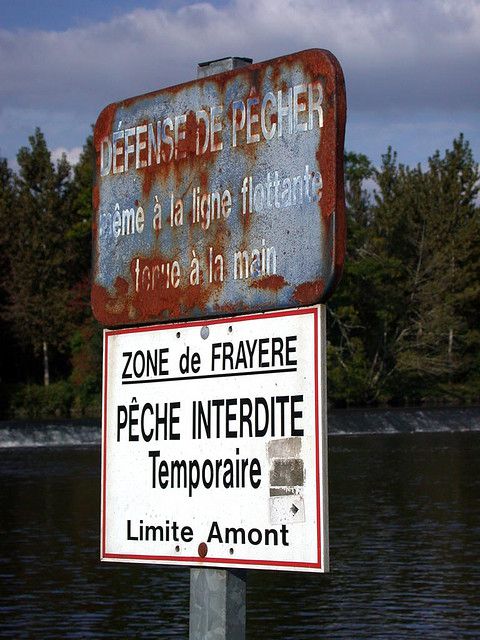-
 Hornfel
Hornfel
-
 Traceability
Traceability
-
 Actinomorphic
Actinomorphic
-
 Angiotensin
Angiotensin
-
 Parallax
Parallax
-
 Meteorite swarm
Meteorite swarm
-
 End-of-life vehicles
End-of-life vehicles
-
 One-way hash
One-way hash
-
 Phase angle
Phase angle
-
 Quartz sand
Quartz sand
-
 Class I anti-arrhythmic
Class I anti-arrhythmic
-
 Marburg fever
Marburg fever
-
 Fanconi anaemia
Fanconi anaemia
-
 RSA
RSA
-
 Pager
Pager
-
 Raspberry
Raspberry
-
 Opiate antitussive
Opiate antitussive
-
 Glioblastoma
Glioblastoma
-
 ESTEC
ESTEC
-
 Micturition
Micturition
-
 B0 meson
B0 meson
-
 Bar
Bar
-
 Abscess
Abscess
-
 Cervix
Cervix
-
 Tomia
Tomia
-
 Byte
Byte
-
 Einstein's box
Einstein's box
-
 Deforestation
Deforestation
-
 Gallbladder
Gallbladder
-
 Minerva
Minerva
Fishing reserve
Temporary fishing reserves are intended to support the reproduction and protection of fished aquatic species in the context of the conservation of biodiversity and the development of sustainable management practices for halieutic resources.
Fishing reserves management
In France, fishing reserves are established by the prefectoral authority, after consulting the National Agency for Water and Aquatic Environments (ONEMA, or 'l'Office national de l'eau et des milieux aquatiques' in French), the local federation of approved fishing and fish farming associations and approved professional freshwater fishing associations.
A prefectoral order defines the location and upstream and downstream limits of a fishing reserve, as well as its duration, which can be up to a maximum of 5 years.
In these reserves, all forms of fishing are prohibited, whatever species is being managed (fish, frogs, crustaceans and their spawn). Extraordinary fishing and capture operations may, however, be undertaken for scientific, health or ecological reasons.
Permanent fishing reserves
There are also areas where fishing is permanently prohibited or regulated: fish passageways, water passages between gates or locks (winnowing, sluices) or under buildings, as well as areas near dams.
Finally, approved fishing and fish farming associations can voluntarily and locally establish fishing reserves that their members must respect.
 A sign marking the upstream limit of a fishing reserve established to protect a spawning ground. © Harald Walker CC by-nc 2.0
A sign marking the upstream limit of a fishing reserve established to protect a spawning ground. © Harald Walker CC by-nc 2.0
Latest
Fill out my online form.



